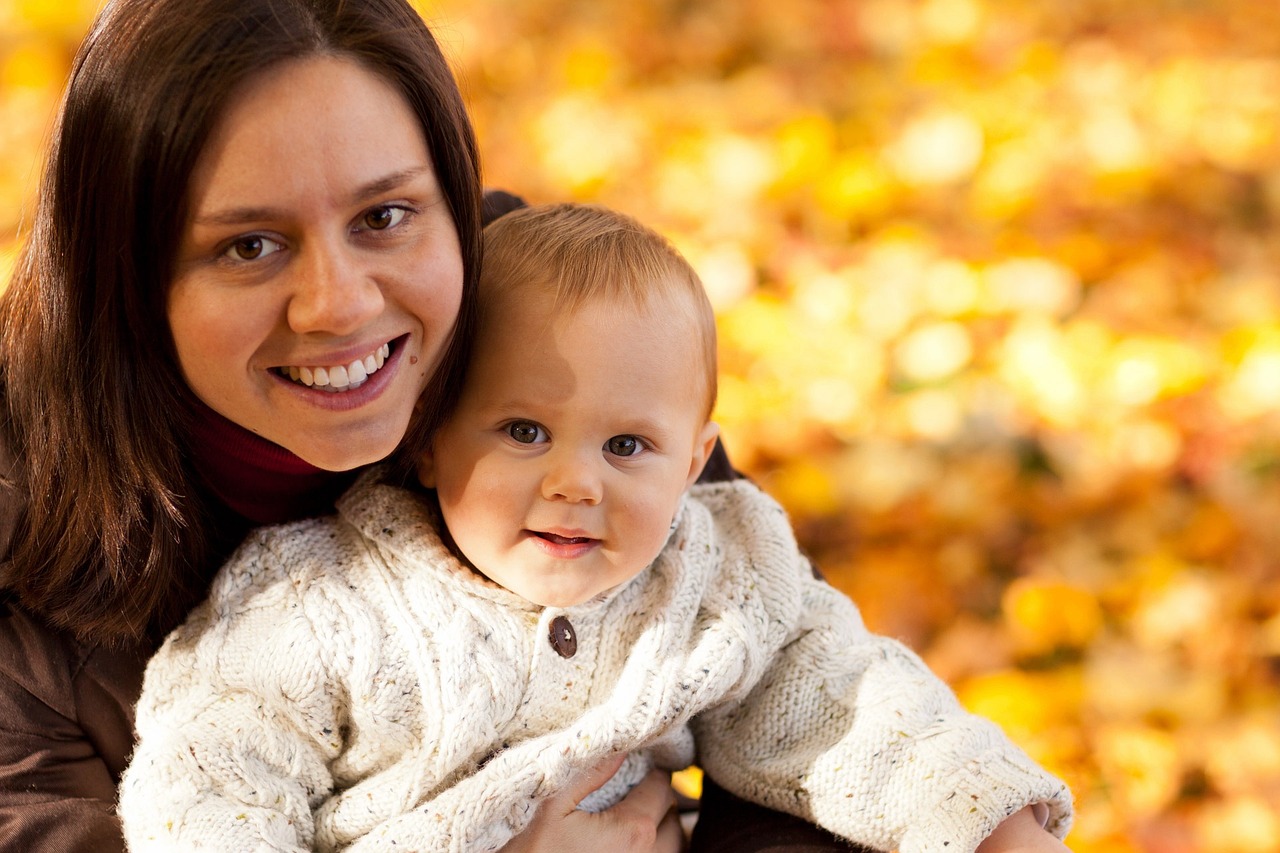
Your child's needs
Understanding how to respond to our child or children’s needs is going to be important if we are to engage in meditation when they are around.
The starting point is to recognise that, at least at first, closing our eyes may well be threatening to a child. They may well take it as a form of rejection. I have seen children trying to pry their parent’s eyes open during some of my workshops.
Secondly, it is common for children to make demands while we are attempting to meditate. The classic for me was, during a meditation session in a tent at a festival, a child demanding of their mum, “I want an ice cream!” repeatedly!
To understand how to work with this, we can usefully steal some ideas from Non-Violent Communication. When a child asks for something, the chances are they don’t know what it is they actually need. So they demand something they think will make them feel better. This is, I would argue, how most of us operate too. What this means is that we can guess at what they need, and provide that for them, and often their demand goes away – even without giving them the ice cream!!
The most basic need that a child will have, at least during the short window of a meditation, will be for safety and love. They want to know, “Am I safe? Am I loved?”
We can answer this question quite easily, and it typically doesn’t take words. Just a simple cuddle, or gentle touch will provide them with a lot of reassurance.
There may be other needs though – they may need a toilet, or have fallen and hurt themselves. If your child is in immediate danger, then of course we act instantly. If no immediate danger is present, a simple technique that can be helpful is to take two seconds, just a short pause, to ask yourself whether this need requires a response now, or whether it can wait. If it can wait, let them know they are okay with gesture. If not, can you attend to their need, whilst retaining a meditative attitude, staying with your experience as you tend to their needs?
During a meditation, it seems best to avoid engaging with rational content when engaging with a child. At the beginning, if they are of an age where they can understand, it can be important to just tell them that you are going to meditate now, and that this will be quiet time for them, so they know what is coming. Over time, this will come to have meaning to them. Beyond that, as much as possible it really helps to communicate with them through gesture and touch.
Avoiding rational content allows us to stay with the meditation, even when our child needs us.









